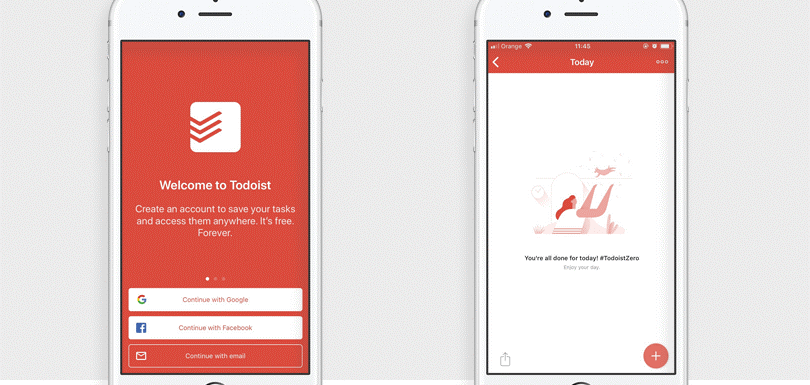Mobile UI Design: Basic Types of Screens.
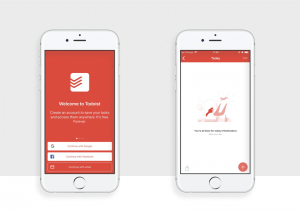
Splash screen
Smartphones have invaded almost every activity of our lives. Different applications assist us and make the life easier. A designer’s job is to create the user interface meeting users’ needs and making the experience pleasant and satisfying. To build effective UI, designers need to dive deep into the peculiarities of mobile applications, learn their constituents and functionality.
Splash screens are the first image users see launching a mobile application. They are usually minimalistic and present a name, logo, or slogan of a product. To make sure splash screen will look good on different devices, designers often focus the elements in the middle of the screen.
Splash screen are recomended to be shown no more tan 4-8seconds.

Onboarding tutorial screens
Onboarding tutorial is a set of screens presenting a mobile app, its navigation system, features and benefits which the application could bring to the possible users. They appear to users who launch the app for the first time helping them get oriented within unfamiliar features and controls as well as understand if the application can be useful for them.
The structure and content of an app tutorial are highly individual for every particular project. However, there are some common tendencies in onboarding design. First of all, many tutorials use custom illustrations presenting a specific feature or benefit in an attractive and easily decodable way.
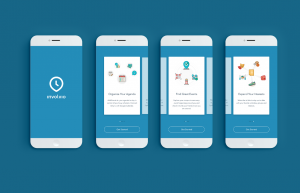
Home and menu screens
Home screen is an essential part of any application. In a context of mobile apps, it’s the main screen from which users interact with most options of the application. First of all, the main screen usually includes the search field or button so that users could easily search for the content they need. Also, since home screen is a start point for user journey, it often contains navigation elements providing access to the various content sections.
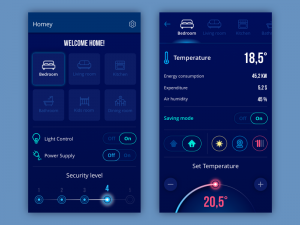
Log-in and profile screens
Today many applications offer users creating their personal accounts, so every designer needs to know how to work with log-in and profile screens. Log in screens should be minimalistic and clear so that users could easily access the application. There are usually two fields where users can enter their name and password along with the confirmation button. For people using the app for the first time, there always must be the sign-up option.
Profiles make interaction within the mobile application more personalized and allow operating with the data effectively. Also, a personal account is a key part of any social network app which involves the user into the virtual community of the network and enables to share the personal info with the others. The main task for designers is to maximize the convenience via the smart UX. The first point designer should consider is that profile page should be clear in use.
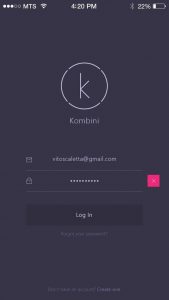
Stats screen
Various applications contain stats on the user activities. The more data it provides, the harder it is to create a mobile design of a stats screen. Designers need to make sure it is possible to see all the key information still the screen has to be clear and usable.
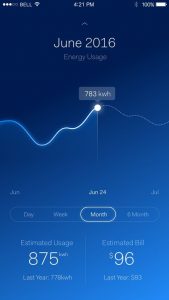
Calendar
Event apps, to-do list apps, and many others provide users with the personal calendar. Depending on the type of the application, calendar accomplishes certain functions such as reminding or schedule.
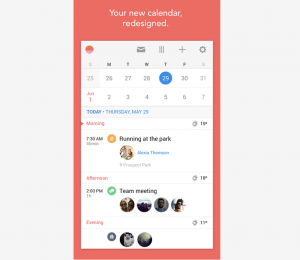
Social screens
Feed
People often use various social network apps for communication and following the news and updates around them. Feed is a constantly changing list of news and other data the users choose to follow. Practice shows that mobile users prefer scanning quickly through the feed, the reason why they need a simple clear design which won’t be overloaded with visual details. The news can be presented one by one via scroll. To make the navigation more intuitive the next piece of news should be partially shown.

